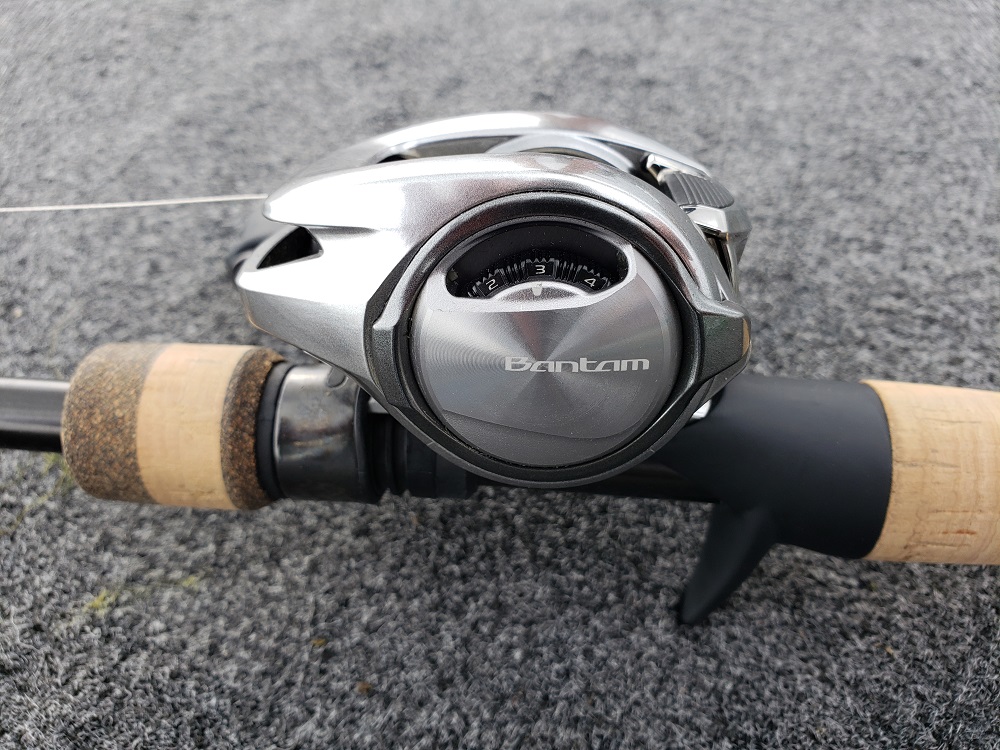 What Goes Into Shimano Rod and Reel Development?
What Goes Into Shimano Rod and Reel Development?
Have you ever wondered how companies design and develop new fishing gear? Companies base the process on new technologies, trends, and needs in the bass fishing market.
Trey Epich, Shimano Product Planning Manager for Reels and Rods, has been with the company for five years and is instrumental in the process of bringing new gear to market.
He offered some insight on how the process works and how much development goes into that new rod and reel that you are using to catch your next bass.
READ RELATED: Shimano SLW with Tim Little from Tactical Bassin’
 From Concept to Sales
From Concept to Sales
Generally, this entire process takes around two years for reels.
“Shimano designs, engineers and manufactures all of their reels. It starts as a concept and then moves on to the designers and engineers,” he says. “We also look at the current generation of the product and look closely to see if anything needs to be changed or added. The engineering alone can take from six months to a year.”
Once the engineers have done their part, quality control and design come into play.
“The design team will handle things like the shape and ergonomics of the reel. They will also work on the appearance of the product,” says Epich. Along the way, the team is working out details on sourcing parts, controlling costs and more.
This is the standard process for bringing a new reel to market, but sometimes a reel can be developed around a specific technology or idea.
“If a new gearing or braking system is being developed, we can plan a product around it. A good example was the idea for the Bantam MGL because it is a solid body and took research and development to make it work,” adds Epich.
READ RELATED: Shimano Curado DC Review
Filling a Need
Epich’s background is a degree in Sports Management, but he is a tournament bass angler at heart and follows the sport closely through the eyes of an avid angler.
“I am always doing market research to see what trends are emerging. One recent one is that reels are becoming much more technique specific,” he adds. “Ten years ago, a Curado 200 was used for everything, and some guys still do that, but many anglers are starting to use more compact reels for some techniques. There has been a noticeable trend for smaller and more finesse baitcasters, and we are here to provide what anglers are using and what they want.”
Rods have been highly technique specific for years, and the good news is they can come together fairly quickly if a new technique gains popularity.
“The development process is much more rapid because the components are usually already there and you do not need to do as much tooling. This is great because new techniques can emerge very quickly,” says Epich. “When the Alabama Rig burst on to the scene there were no rods for it; everyone was using flipping sticks and swimbait rods. Shortly after there were technique specific rods available, so speed is key with trying to be the first to the market with a new technique specific rod.”
Epich and the Shimano US team also work closely with their colleagues in Japan on rod design. Rods like the Expride and Zodias were first introduced in the JDM market and have crossed over to the states.
“One big difference is that the rods here are faster actions, less parabolic and usually a little stiffer. Sometimes we have to modify them for the needs of our customers here,” he shares. “The other difference is American rods are generally longer, so we work closely with them on the 7’ and under rods and get their expertise for having the perfect balance and actions.”
READ RELATED: Fishing Shimano | Six New Rods and Reels for 2019
Prototype Stage
Once the rod or reel is built and ready to be fished, the Shimano team uses a two-step approach to make sure they are prepared for release.
“We fish them internally and also send them to our product evaluators. We have FLW Tour, Bass Pro Tour and Bassmaster Elite Series pros that help us with this process,” he says. “We also have guys who are just super technical ‘gear head’ guys who fish a bunch.” Having multiple opinions helps to make sure nothing is overlooked.
“We have a standard evaluation with questions, and for things like rods, we’ll have sections marked with numbers on the rod so they can tell us what section needs improvement. It may be too soft or too stiff and needs to be tweaked,” adds Epich. “We make sure that the product is right before we launch and that can mean that products get pushed back until the next year if everything isn’t perfect.”
Developing a new rod and reel takes time, a close eye to the trends in bass fishing, and a full team to make it work. There are many people involved in the process that starts as an idea and ends up as a physical product at your local retailer.


 Advertising
Advertising